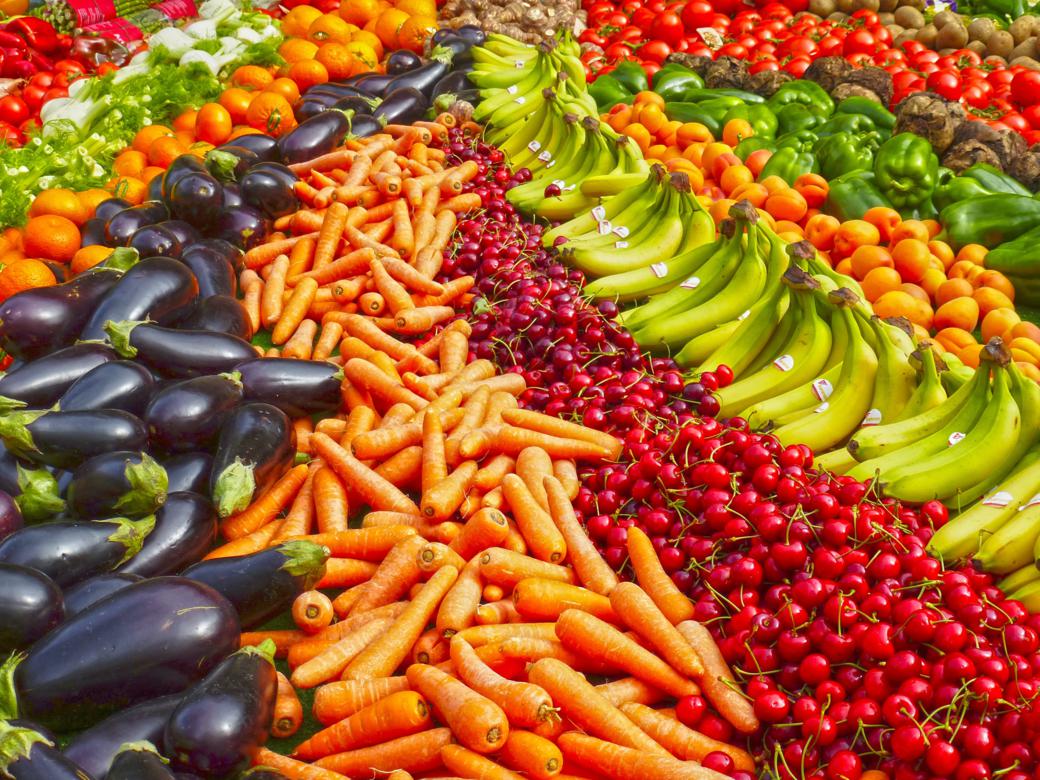Although discovered in 2019, COVID-19 is devastating the world’s food supply in 2020. The pandemic spotlighted the fragility of the United States food supply chain, with major players like Tyson Foods warning of meat shortages and broken operations. It’s not alone – other meat processors like Smithfield Foods, Cargill, and JBS USA are taking hits from the coronavirus too.
Meanwhile, the U.S. Food and Drug Administration (FDA) has suspended routine inspections amid the pandemic for all by emergency enforcement. This means the succession of states lifting stay-at-home orders is likely to cause a flurry of both state and federal inspections. Skeletal crews pushing to feed larger volumes of orders will certainly lead to mistakes that require recalls.
But how will food companies survive the expense of a recall during an unprecedented economic depression?
This article is meant to serve as your guide to pandemic food recalls in the aftermath of another such pandemic, coronavirus or not.
Breaking the Global Food Supply Chain
There’s little doubt COVID-19 is a deadly virus, but its economic impacts are what most stick out. The spring of 2020 was marked by panic buying that emptied store shelves worldwide. Things got so bad that the FDA partnered with the Federal Emergency Management Agency (FEMA) to secure the medical and food supply chains. The joint commission released public guidance by the end of March 2020 assuring the public there were no food shortages.
Still, news outlets around the country began reporting on food shortages by the beginning of May. The global lockdown occurred during the prime spring planting season, creating doubt as to whether there will be enough food to meet demand down the road. As summer 2020 approaches, consumers are turning to local community farmers and ranchers to keep them healthy and fed.
While COVID-19 hasn’t been proven to be transmitted through food, other foodborne illnesses like E. coli, Salmonella, and Hepatitis A can be devastating. The FDA’s monthly inspection average dropped from over 900 per month to eight inspections in April 2020. The usual hundreds of citations were completely eliminated, and that’s not a sign of a perfectly safe food supply – it’s quite the opposite.
Of course, the more economically depressed a region is, the more its communities are impacted by the food disruption. There will not be a shortage of food in the U.S., but there will be difficulty in obtaining the same variety that we enjoyed pre-pandemic. And we need to brace for the possibilities of mass food recalls further straining food producers moving forward as regulatory agencies get back up and running throughout 2020.
Repairing the Supply Chain Damage
The FDA is proactively pushing food manufacturers for accountability and engaging them through other means, while many state health departments and departments of agriculture fall increasingly behind. Social distancing affected more than just COVID-19 – rates of E. coli dropped 50%, while Salmonella cases dropped 25%, according to the Centers for Disease Control and Prevention (CDC).
However, it’s possible this is likely more due to people avoiding hospitals and doctors than an actual decrease in cases. This means once all the regulatory agencies get up and running, the tail end of the year should be rife with recall notices that can cost a food company an average of $10 million each, in addition to lost sales and brand damage. There are a few steps companies can take to brace for the impending damage.
Maintain High Quality Standards
The FDA and your local health inspectors may have relaxed inspections to relieve strain of the global pandemic, but that doesn’t mean the rules don’t still apply. Every worker will still need a food handler permit, and health violations can still create a lot of problems. Nothing hurts a food business more than local news outlets reporting that it produces unsafe food.
So long as you continue focusing on a high level of quality and product standards, your business can greatly reduce the chances of retroactively being hit with the inspection flurry.
Assess Supply Chain Vulnerabilities
Everyone in the food industry needs to realistically assess their production and storage lines. Dairy farmers, for example, were forced to dump thousands of pounds of milk down the drain at the height of grocery stores being empty because demand dropped.
Whether you’re a grocery store, restaurant, farmer, or anywhere in between, you need contingencies in place for both ends of your supply chain. Otherwise, you’re at risk of cutting corners on quality to maintain inventory levels and revenue.
Prepare for Recalls
The recall process is a complicated mess when done manually, and things will inevitably slip through the cracks. An organized recall management platform like Trievr streamlines and automates the recall process, ensuring full compliance with all state, county, and federal reporting laws while protecting consumers.
You don’t want a food recall to happen, but if it does, you need an out-the-box solution that can easily scale to meet your needs. That’s what we’re here for, so contact us today to get started.
